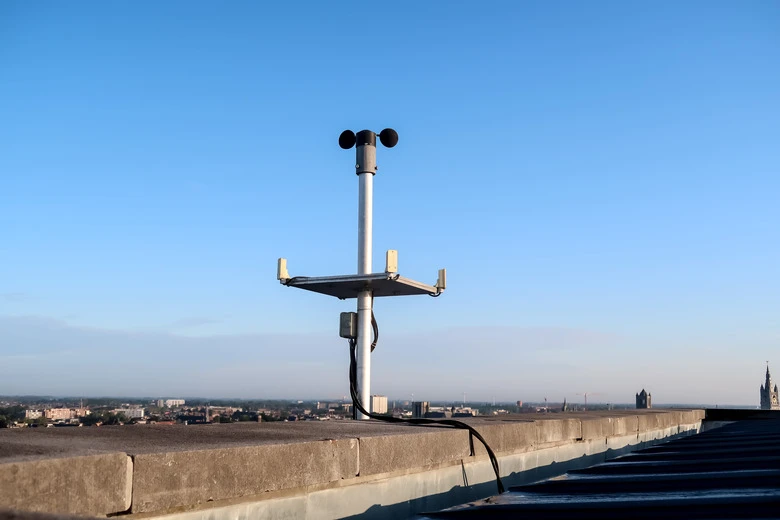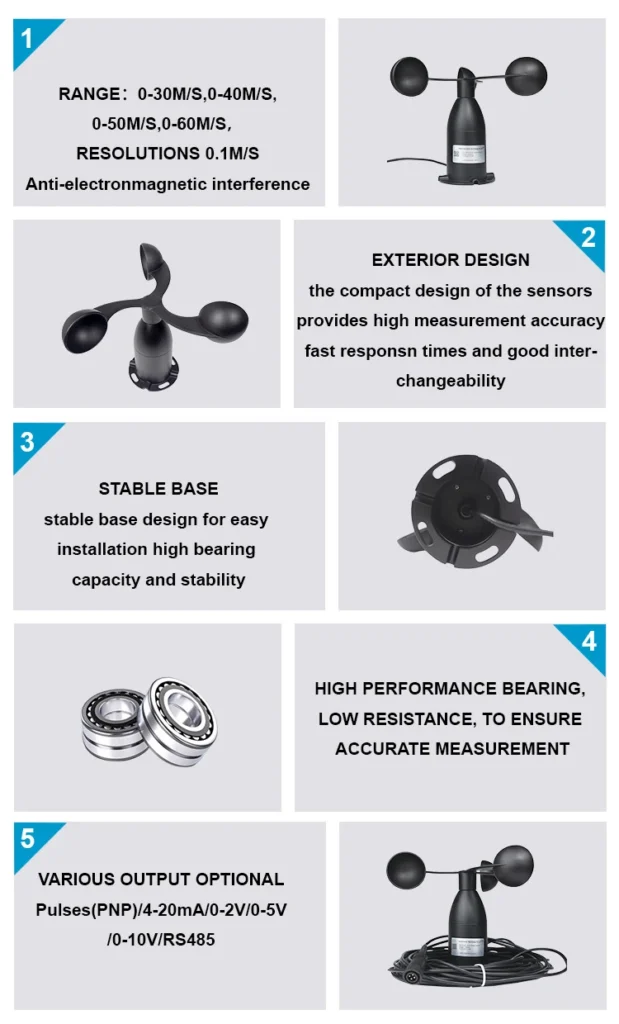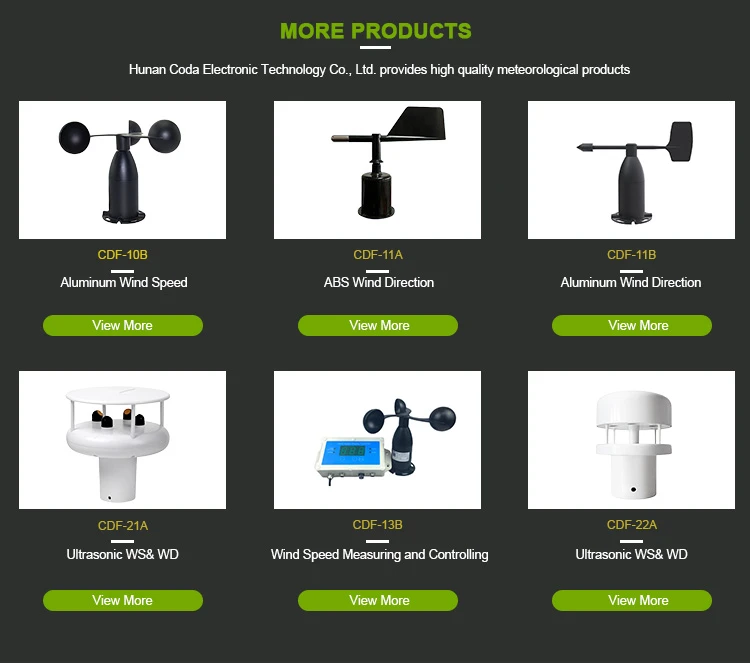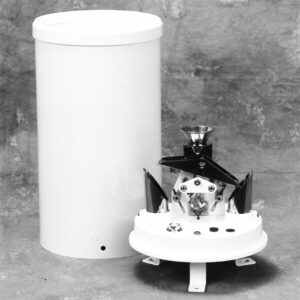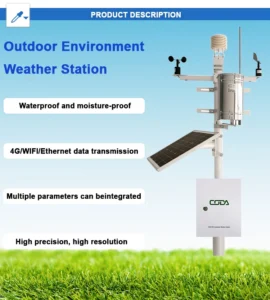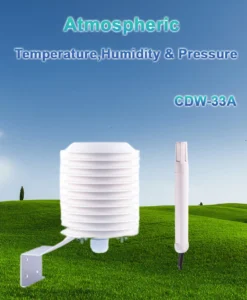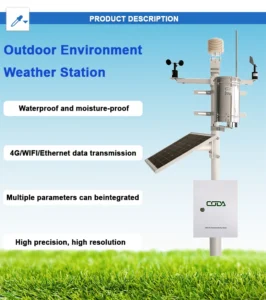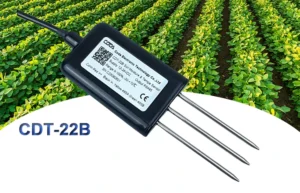Understanding Anemometers and How They Work
How can we accurately predict changes in the weather? Or, what’s the best way to measure wind speed?
A handheld anemometer is a helpful tool. It measures wind speed, how fast the wind moves, and pressure in one place. Let’s look at how this important tool works.
How An Anemometer Functions
Anemometers work by changing mechanical energy into electrical energy. These devices check the airflow to measure wind speed and direction. They can do this with the airflow on or off.
Anemometers are useful tools. They help us watch weather patterns and predict conditions. In addition, they play a crucial role in gauging wind pressure.
Uses of High-Speed Anemometers
Anemometers come in different shapes and sizes. Each one is made to measure certain things. These tools use a small amount of power. They can be used for many purposes, such as:
– Assessing airflow in air conditioners and ventilation systems
– Measuring gas flow amidst turbulent atmospheric conditions
– Watching the wind speed and direction while flying in the sky.
– We track wind speed and direction at weather stations.
Exploring Different Types of Anemometers
Different types of anemometers help scientists measure wind speed and pressure. These include:
**Cup Anemometer**
This type has three or four round cups. These cups are attached to horizontal arms. The arms connect to a central vertical shaft. The shaft turns when the cups spin from the wind.
The faster the wind blows, the quicker they spin. You can find the wind speed by counting how many times the shaft turns. You can use an analog or digital meter.
**Hot Wire Anemometer**
These devices are also known as constant-current or thermal flow anemometers. They measure airflow. They do this by checking how fast a thin, electrically heated wire cools down.
When the wind hits the wire, it cools down. This means it needs power to keep its temperature. Stronger winds need more power to keep heating steady. This helps us see how fast the wind blows and how strong it is.
**Tube Anemometer**
This type measures wind speed by comparing air pressure inside and outside a closed glass tube. You can find wind speed by using the pressure values you measure.
Additional anemometer types include:
– Vane Anemometer
– Laser Doppler Anemometer
– Ultrasonic Anemometer
– Plate Anemometer
– Pitot Tube Static Anemometer
Choose Your Handheld Anemometer Today
Whether you need high-quality industrial-grade sensors or portable handheld models, Coda is your trusted provider. Our top-notch weather monitoring tools help businesses, offices, and factories easily.
